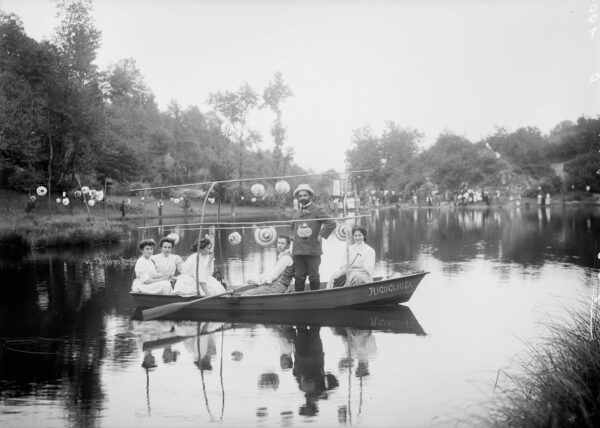 Eugenio Schmidhauser: Oltre il MalcantoneMASI Lugano16 Mar – 12 Oct 2025
Eugenio Schmidhauser: Oltre il MalcantoneMASI Lugano16 Mar – 12 Oct 2025View more
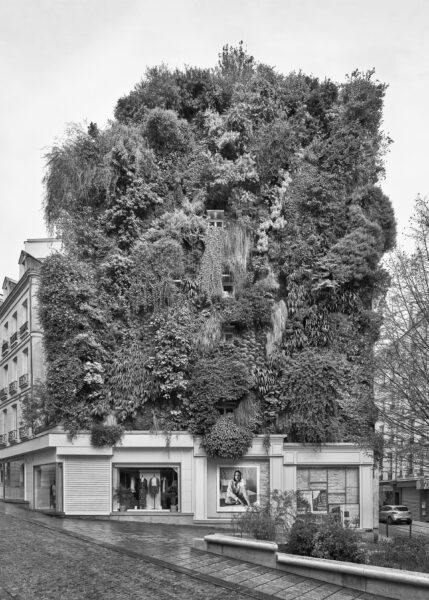 Pino Musi: PhytostopiaFondazione Rolla05 Apr – 28 Sept 2025
Pino Musi: PhytostopiaFondazione Rolla05 Apr – 28 Sept 2025View more
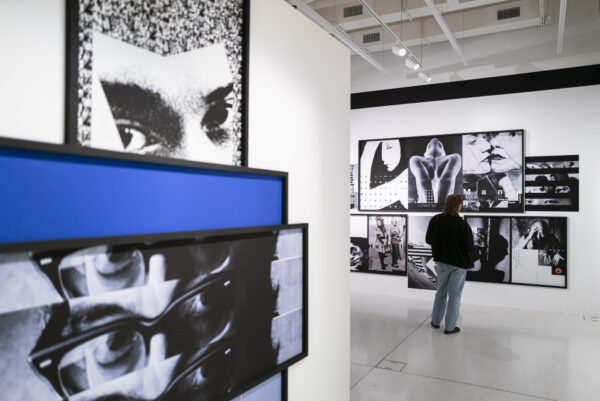 Signé Jeker. Lausanne par Werner J.Musée Historique Lausanne10 Apr – 28 Sept 2025
Signé Jeker. Lausanne par Werner J.Musée Historique Lausanne10 Apr – 28 Sept 2025View more
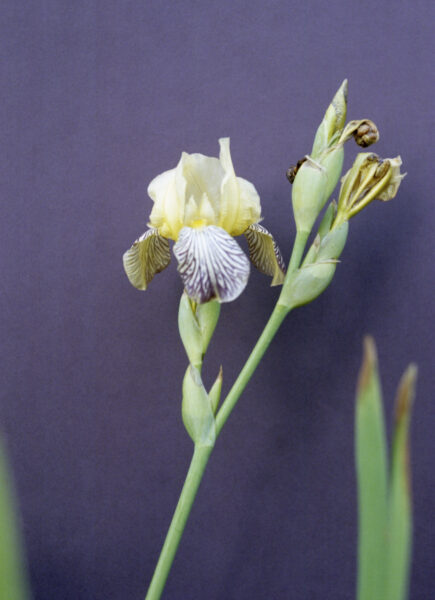 Bruissements végétauxCentre de la photographie Genève16 May – 11 Oct 2025
Bruissements végétauxCentre de la photographie Genève16 May – 11 Oct 2025View more
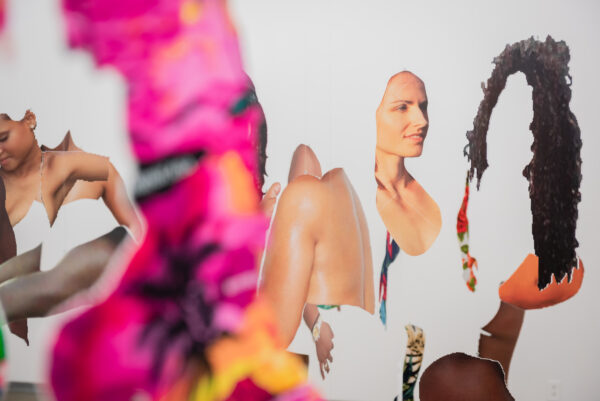 The Lure of the Image – Wie Bilder im Netz verlockenFotomuseum Winterthur17 May – 12 Oct 2025
The Lure of the Image – Wie Bilder im Netz verlockenFotomuseum Winterthur17 May – 12 Oct 2025View more
 Domestiques photogéniquesMédiathèque Valais23 May 2025–28 Mar 2026
Domestiques photogéniquesMédiathèque Valais23 May 2025–28 Mar 2026View more
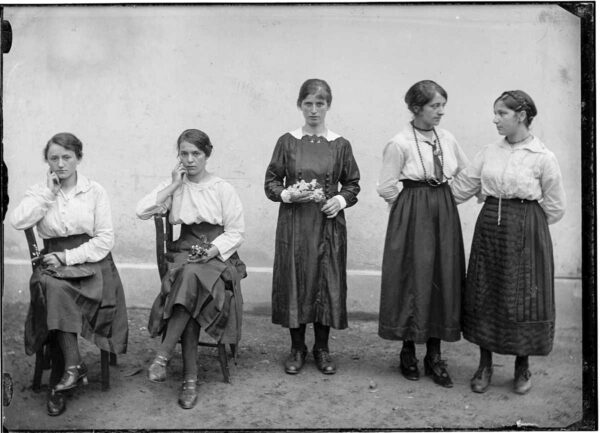 Donetta Vintage - La riscoperta di un fotografoFondazione Archivio Donetta14 Jun – 12 Oct 2025
Donetta Vintage - La riscoperta di un fotografoFondazione Archivio Donetta14 Jun – 12 Oct 2025View more
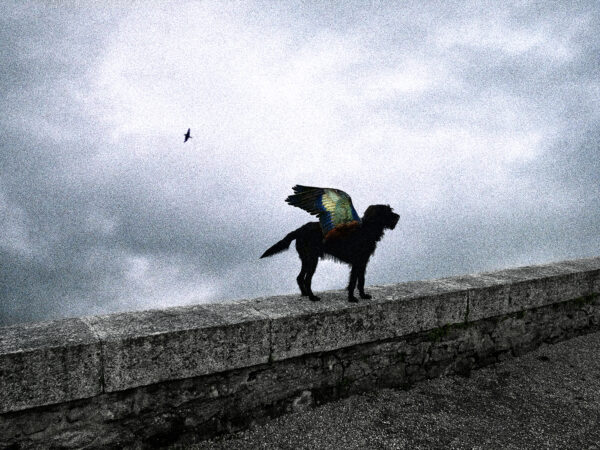 Sandra Piretti: Nous sommes les rêveursFocale Galerie-Librairie26 Jun – 07 Sept 2025
Sandra Piretti: Nous sommes les rêveursFocale Galerie-Librairie26 Jun – 07 Sept 2025View more
 Enquête Photographique VaudoisePhoto Elysée28 Jun – 28 Sept 2025
Enquête Photographique VaudoisePhoto Elysée28 Jun – 28 Sept 2025View more
 Swiss Press Photo 25Schweizerische Nationalbibliothek03 Jul – 10 Oct 2025
Swiss Press Photo 25Schweizerische Nationalbibliothek03 Jul – 10 Oct 2025View more
 Sabine Hess & Nicolas PolliCentre de la photographie Genève05 Jul – 19 Sept 2025
Sabine Hess & Nicolas PolliCentre de la photographie Genève05 Jul – 19 Sept 2025View more
 werner erne: die schönheit im gewöhnlichen sehenStadtmuseum Aarau15 Aug – 12 Oct 2025
werner erne: die schönheit im gewöhnlichen sehenStadtmuseum Aarau15 Aug – 12 Oct 2025View more
 Pulse of the EarthGalerie Sechs16 Aug – 05 Sept 2025
Pulse of the EarthGalerie Sechs16 Aug – 05 Sept 2025View more
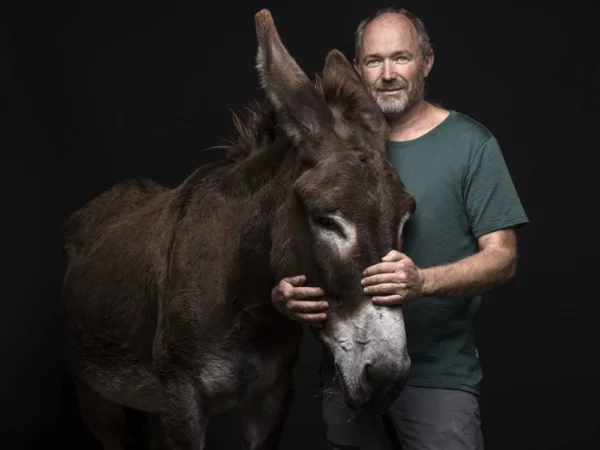 Braschler / Fischer: DisplacedIPFO International Photography Festival Olten20 Aug – 16 Nov 2025
Braschler / Fischer: DisplacedIPFO International Photography Festival Olten20 Aug – 16 Nov 2025View more
 FormatAssociation Impulsion23 Aug – 05 Oct 2025
FormatAssociation Impulsion23 Aug – 05 Oct 2025View more
 Fred Waldvogel: Pilz I FotografieMuseum im Bellpark24 Aug 2025–04 Jan 2026
Fred Waldvogel: Pilz I FotografieMuseum im Bellpark24 Aug 2025–04 Jan 2026View more
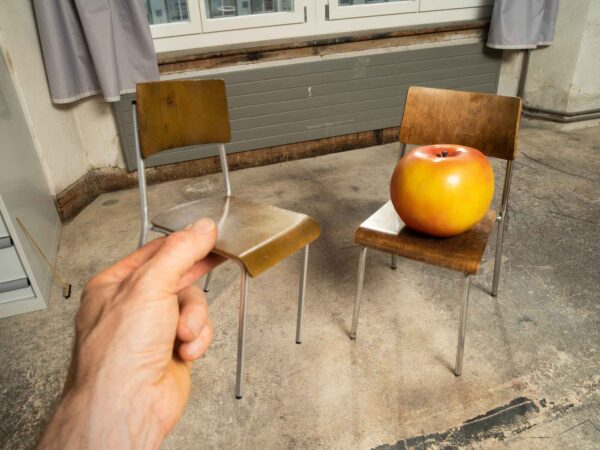 Cortis & Sonderegger: Open StudioMuseum im Bellpark24 Aug – 09 Nov 2025
Cortis & Sonderegger: Open StudioMuseum im Bellpark24 Aug – 09 Nov 2025View more
 Syoin Kajii: Nami, Kawa, TsukiChristophe Guye Galerie28 Aug – 25 Oct 2025
Syoin Kajii: Nami, Kawa, TsukiChristophe Guye Galerie28 Aug – 25 Oct 2025View more
 Entgletscherung – Die Vermessung des EisesETH-Bibliothek29 Aug 2025–12 Jul 2026
Entgletscherung – Die Vermessung des EisesETH-Bibliothek29 Aug 2025–12 Jul 2026View more
 Resonant SpacesPyxis29 Aug – 07 Sept 2025
Resonant SpacesPyxis29 Aug – 07 Sept 2025View more
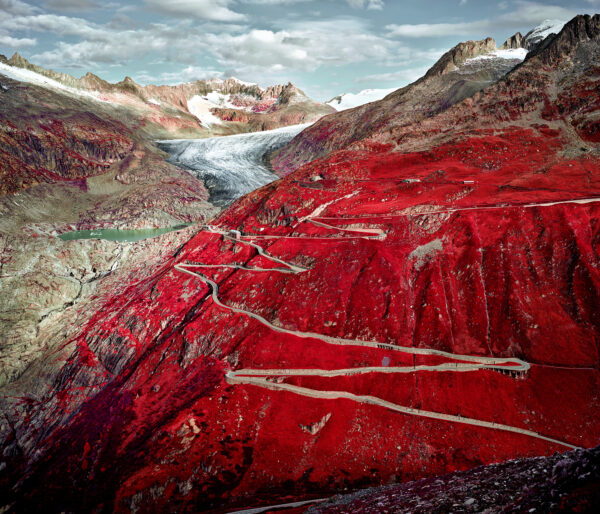 Zak van Biljon: Modernising NatureGalerie 9429 Aug – 11 Oct 2025
Zak van Biljon: Modernising NatureGalerie 9429 Aug – 11 Oct 2025View more
 Massimiliano Rossetto: FEROCEstandard/deluxe29 Aug – 28 Sept 2025
Massimiliano Rossetto: FEROCEstandard/deluxe29 Aug – 28 Sept 2025View more
 A Slideshow Celebration of Analog PhotographyPOP Zürich29 Aug – 05 Oct 2025
A Slideshow Celebration of Analog PhotographyPOP Zürich29 Aug – 05 Oct 2025View more
 Summer School: Heisse Bilder, eisgekühltF + F Schule für Kunst und Design30 Aug 2025–11 Jan 2026
Summer School: Heisse Bilder, eisgekühltF + F Schule für Kunst und Design30 Aug 2025–11 Jan 2026View more
 Finissage ScreeningBULB 600030 Aug 2025
Finissage ScreeningBULB 600030 Aug 2025View more
 Roger Humbert – Fotografien für den geistigen GebrauchFotostiftung Schweiz30 Aug 2025–15 Feb 2026
Roger Humbert – Fotografien für den geistigen GebrauchFotostiftung Schweiz30 Aug 2025–15 Feb 2026View more
 Jules Spinatsch: Zimmer 111Galerie Luciano Fasciati30 Aug – 27 Sept 2025
Jules Spinatsch: Zimmer 111Galerie Luciano Fasciati30 Aug – 27 Sept 2025View more
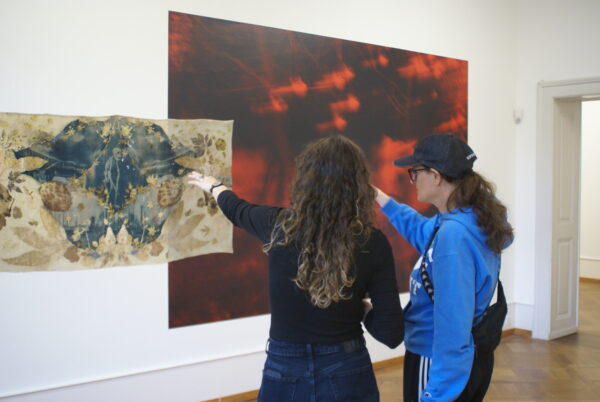 Behind the Scenes: Finissage Tour & ApéroPhotoforum Pasquart31 Aug 2025
Behind the Scenes: Finissage Tour & ApéroPhotoforum Pasquart31 Aug 2025View more
 «Pulse of the Earth»: Sound Healing & Meditation WorkshopGalerie Sechs31 Aug 2025
«Pulse of the Earth»: Sound Healing & Meditation WorkshopGalerie Sechs31 Aug 2025View more
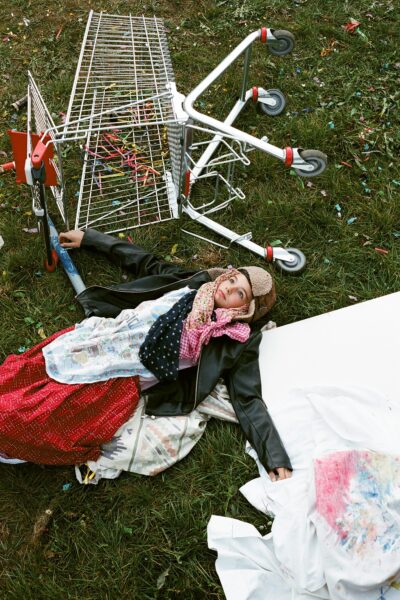 Dieci anni di fotografia a Casa PessinaMuseo d’arte Mendrisio / Casa Pessina31 Aug – 05 Oct 2025
Dieci anni di fotografia a Casa PessinaMuseo d’arte Mendrisio / Casa Pessina31 Aug – 05 Oct 2025View more
 Führung: Entgletscherung – Die Vermessung des EisesETH-Bibliothek01 Sept 2025
Führung: Entgletscherung – Die Vermessung des EisesETH-Bibliothek01 Sept 2025View more
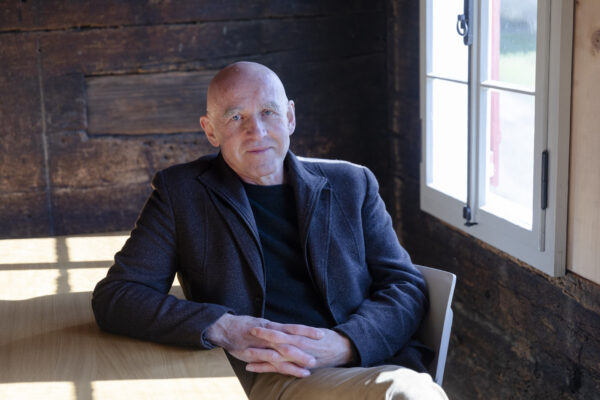 Round Table: Eco-Sustainability Through Vernacular Architecture in the Cycladic Islands and SwitzerlandWebster Geneva01 Sept 2025
Round Table: Eco-Sustainability Through Vernacular Architecture in the Cycladic Islands and SwitzerlandWebster Geneva01 Sept 2025View more
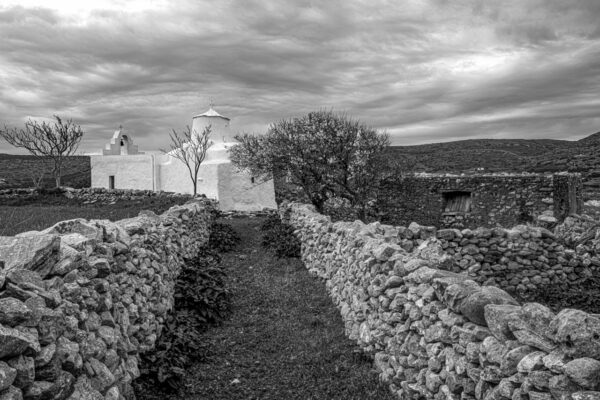 Eco-Sustainability Through Vernacular Architecture in the Cycladic Islands and SwitzerlandWebster Geneva01 Sept – 30 Sept 2025
Eco-Sustainability Through Vernacular Architecture in the Cycladic Islands and SwitzerlandWebster Geneva01 Sept – 30 Sept 2025View more
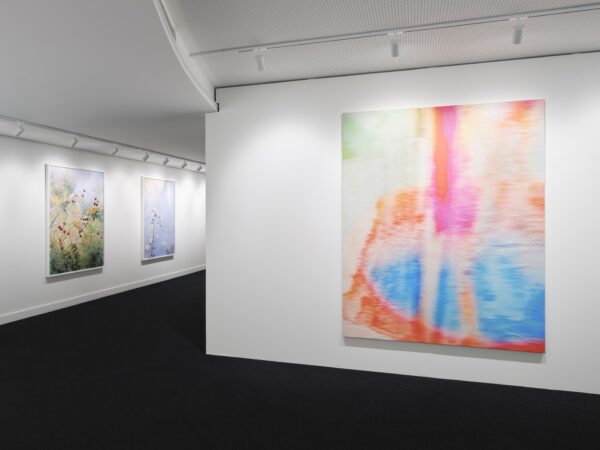 Collection Insights IArt Vontobel03 Sept 2025
Collection Insights IArt Vontobel03 Sept 2025View more
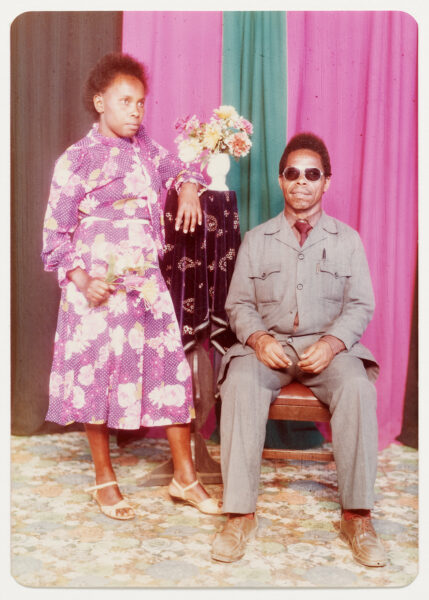 Collection: Photographs and TextilesMuseum Rietberg03 Sept 2025–04 Jan 2026
Collection: Photographs and TextilesMuseum Rietberg03 Sept 2025–04 Jan 2026View more
 Bodies of WaterVerzasca Foto Festival03 Sept – 07 Sept 2025
Bodies of WaterVerzasca Foto Festival03 Sept – 07 Sept 2025View more
 Buchvernissage: Berge bleichenGalerie 9404 Sept 2025
Buchvernissage: Berge bleichenGalerie 9404 Sept 2025View more
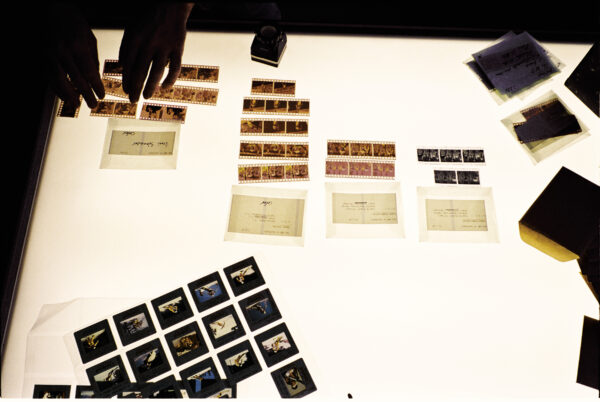 Einblick ins Bildarchiv der Nachrichtenagentur IKeystone-SDA04 Sept 2025
Einblick ins Bildarchiv der Nachrichtenagentur IKeystone-SDA04 Sept 2025View more
 Forever Happy Hour: Photo Screening & BeersStadtmuseum Aarau04 Sept 2025
Forever Happy Hour: Photo Screening & BeersStadtmuseum Aarau04 Sept 2025View more
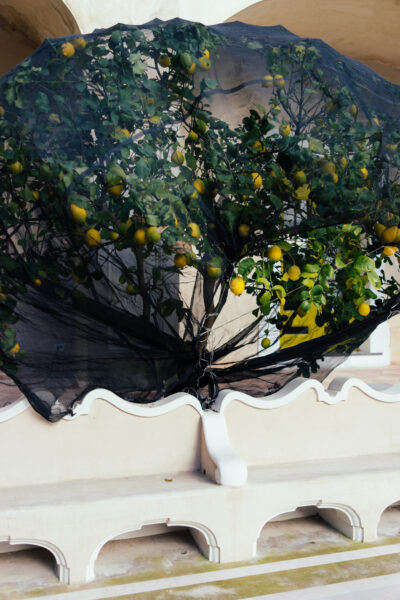 Francesca Todde: Iuzza. Goliarda SapienzaArtphilein05 Sept – 05 Oct 2025
Francesca Todde: Iuzza. Goliarda SapienzaArtphilein05 Sept – 05 Oct 2025View more
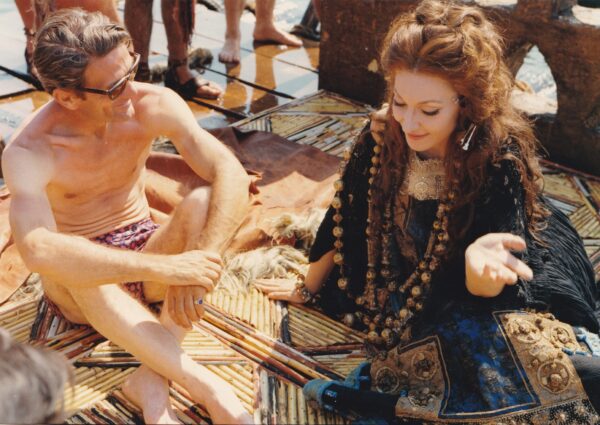 Pier Paolo Pasolini e Maria Callas. Cronaca di un amoreArtphilein05 Sept – 05 Oct 2025
Pier Paolo Pasolini e Maria Callas. Cronaca di un amoreArtphilein05 Sept – 05 Oct 2025View more
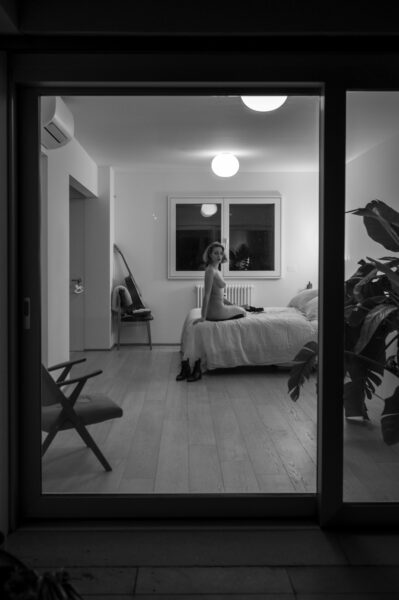 Alessandro Trapezio: CloserArtphilein05 Sept – 05 Oct 2025
Alessandro Trapezio: CloserArtphilein05 Sept – 05 Oct 2025View more
 BildFlussBelleVue – Ort für Fotografie05 Sept – 28 Sept 2025
BildFlussBelleVue – Ort für Fotografie05 Sept – 28 Sept 2025View more
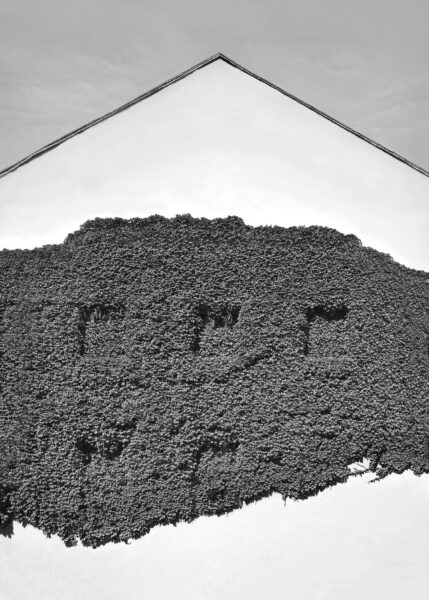 Guided Tour through Pino Musi: PhytostopiaFondazione Rolla06 Sept 2025
Guided Tour through Pino Musi: PhytostopiaFondazione Rolla06 Sept 2025View more
 MärchenBelleVue – Ort für Fotografie06 Sept – 28 Sept 2025
MärchenBelleVue – Ort für Fotografie06 Sept – 28 Sept 2025View more
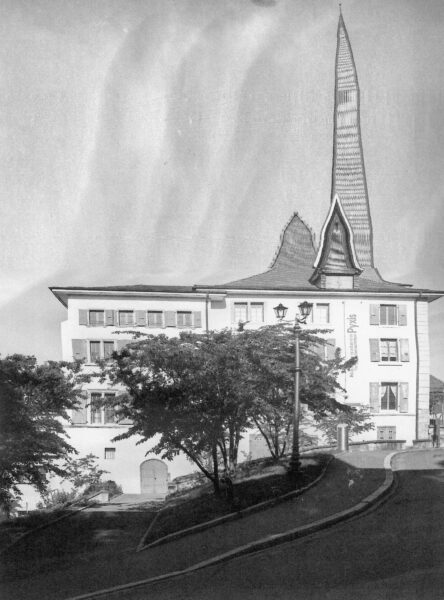 Marché des PhotographesPyxis07 Sept 2025
Marché des PhotographesPyxis07 Sept 2025View more
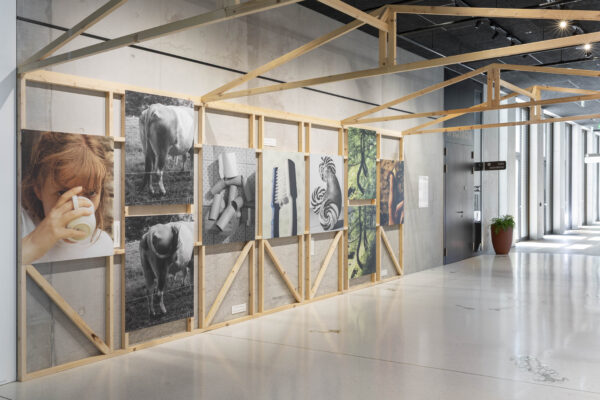 Rencontre avec Nicolas Polli et Sabine HessCentre de la photographie Genève09 Sept 2025
Rencontre avec Nicolas Polli et Sabine HessCentre de la photographie Genève09 Sept 2025View more
 Soft Photography: Lecture with Alan WarburtonECAL/Ecole cantonale d’art de Lausanne10 Sept 2025
Soft Photography: Lecture with Alan WarburtonECAL/Ecole cantonale d’art de Lausanne10 Sept 2025View more
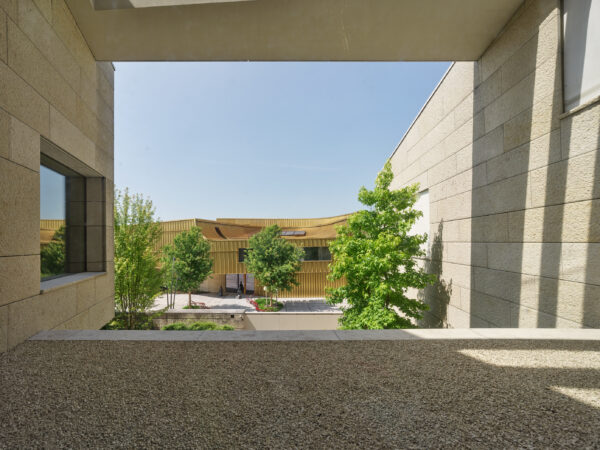 Führung durch die SammlungNicola Erni Collection11 Sept 2025
Führung durch die SammlungNicola Erni Collection11 Sept 2025View more
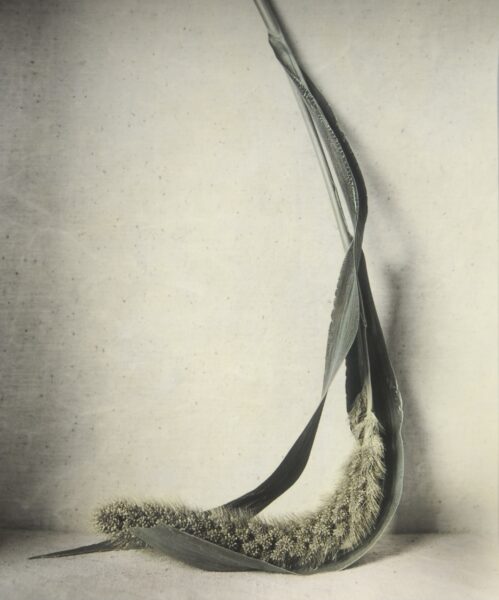 Künstlergespräch mit Ingar KraussGalerie & Edition Stephan Witschi11 Sept 2025
Künstlergespräch mit Ingar KraussGalerie & Edition Stephan Witschi11 Sept 2025View more
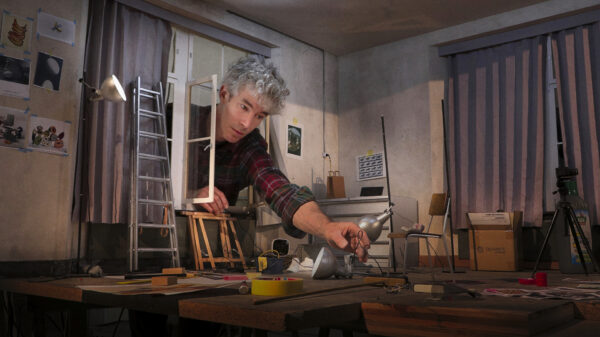 Ein Haus für Lars: Eine Reise mit Cortis & SondereggerMuseum im Bellpark11 Sept 2025
Ein Haus für Lars: Eine Reise mit Cortis & SondereggerMuseum im Bellpark11 Sept 2025View more
 Einblick ins Bildarchiv der Nachrichtenagentur IIKeystone-SDA11 Sept 2025
Einblick ins Bildarchiv der Nachrichtenagentur IIKeystone-SDA11 Sept 2025View more
 Einblicke ins PressebildarchivSchweizerisches Nationalmuseum12 Sept 2025
Einblicke ins PressebildarchivSchweizerisches Nationalmuseum12 Sept 2025View more
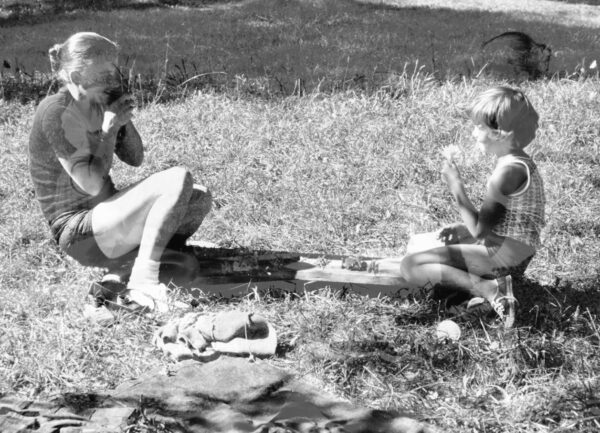 Mémoire du paysageMédiathèque Valais12 Sept – 18 Oct 2025
Mémoire du paysageMédiathèque Valais12 Sept – 18 Oct 2025View more
 Buchvernissage: Fred WaldvogelMuseum im Bellpark12 Sept 2025
Buchvernissage: Fred WaldvogelMuseum im Bellpark12 Sept 2025View more
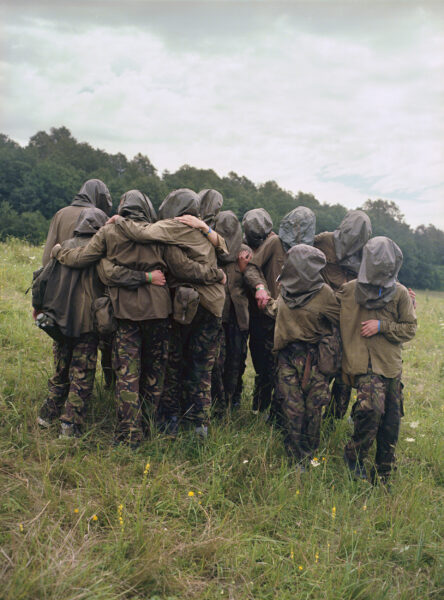 Alt+1000 festival de photographieAlt+100013 Sept – 05 Oct 2025
Alt+1000 festival de photographieAlt+100013 Sept – 05 Oct 2025View more
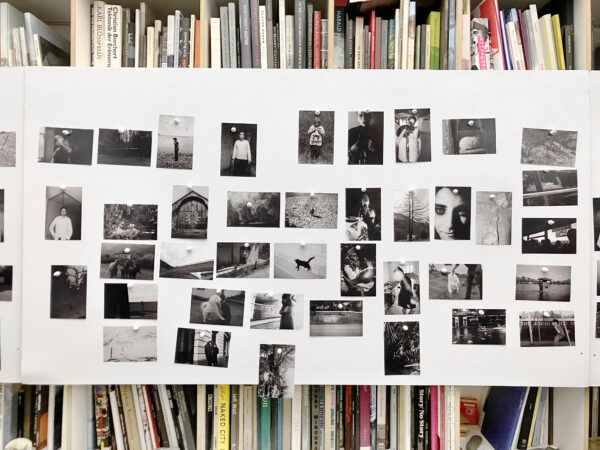 CLUB: Portfolio & Project Peer FeedbackBULB 600017 Sept 2025
CLUB: Portfolio & Project Peer FeedbackBULB 600017 Sept 2025View more
 Einblick ins Bildarchiv der Nachrichtenagentur IIIKeystone-SDA17 Sept 2025
Einblick ins Bildarchiv der Nachrichtenagentur IIIKeystone-SDA17 Sept 2025View more
 Führung und Begegnung mit Anne MorgensternSchweizerische Nationalbibliothek17 Sept 2025
Führung und Begegnung mit Anne MorgensternSchweizerische Nationalbibliothek17 Sept 2025View more
 Flash! Petite histoire de la photographie alluméeMusée suisse de l’appareil photographique18 Sept 2025–22 Feb 2026
Flash! Petite histoire de la photographie alluméeMusée suisse de l’appareil photographique18 Sept 2025–22 Feb 2026View more
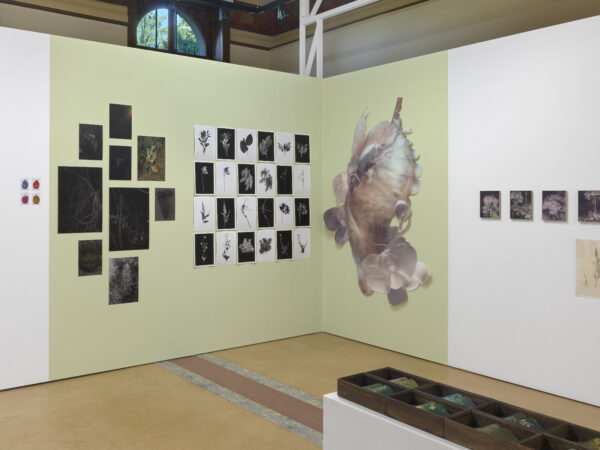 Visite guidée de Bruissements végétauxCentre de la photographie Genève18 Sept 2025
Visite guidée de Bruissements végétauxCentre de la photographie Genève18 Sept 2025View more
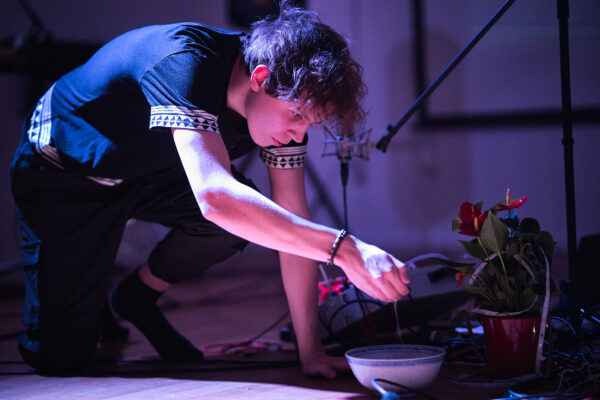 Sessrúmnir - Performance sonoreCentre de la photographie Genève18 Sept 2025
Sessrúmnir - Performance sonoreCentre de la photographie Genève18 Sept 2025View more
 Vif-argentCEPV18 Sept 2025
Vif-argentCEPV18 Sept 2025View more
 Gen Z. Shaping a New GazePhoto Elysée19 Sept 2025–01 Feb 2026
Gen Z. Shaping a New GazePhoto Elysée19 Sept 2025–01 Feb 2026View more
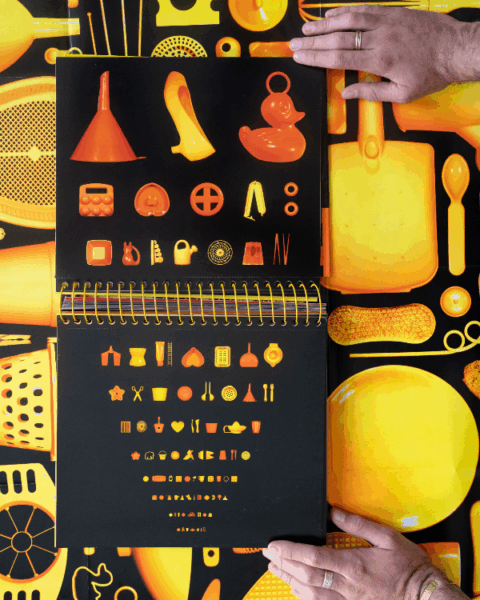 R comme Regarder. Le livre photo jeunessePhoto Elysée19 Sept 2025–01 Feb 2026
R comme Regarder. Le livre photo jeunessePhoto Elysée19 Sept 2025–01 Feb 2026View more
 Cédric Raccio: MetanoïaThéâtre du Crochetan19 Sept – 19 Dec 2025
Cédric Raccio: MetanoïaThéâtre du Crochetan19 Sept – 19 Dec 2025View more
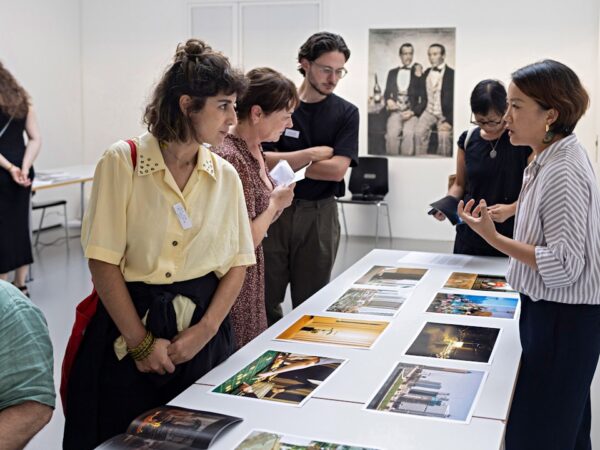 Plat(t)form 2025Fotomuseum Winterthur19 Sept – 21 Sept 2025
Plat(t)form 2025Fotomuseum Winterthur19 Sept – 21 Sept 2025View more
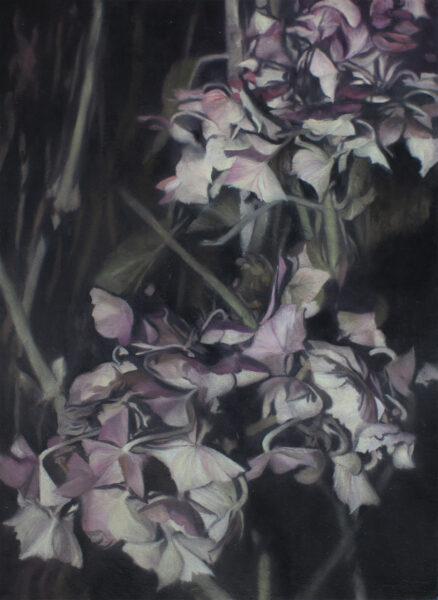 Visite d'atelier avec Bernard TullenCentre de la photographie Genève19 Sept 2025
Visite d'atelier avec Bernard TullenCentre de la photographie Genève19 Sept 2025View more
 BooklettePhoto Elysée20 Sept – 21 Sept 2025
BooklettePhoto Elysée20 Sept – 21 Sept 2025View more
 Adrien Golinelli: The Sour Taste of PommegranateFocale Galerie-Librairie20 Sept – 19 Nov 2025
Adrien Golinelli: The Sour Taste of PommegranateFocale Galerie-Librairie20 Sept – 19 Nov 2025View more
 Fotografia e Intelligenza ArtificialeFondazione Archivio Donetta20 Sept 2025
Fotografia e Intelligenza ArtificialeFondazione Archivio Donetta20 Sept 2025View more
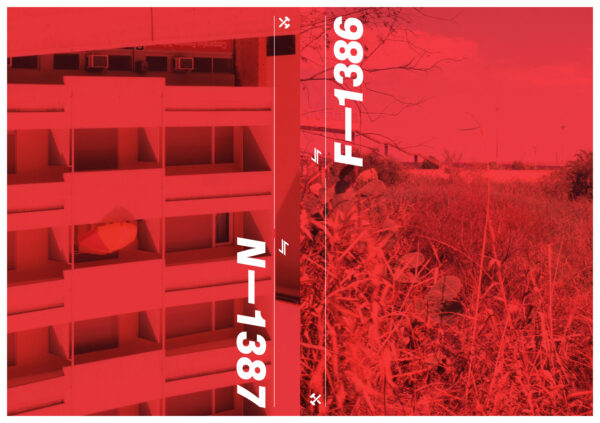 N-1387 / F-1386CONSARC / GALLERIA21 Sept – 16 Nov 2025
N-1387 / F-1386CONSARC / GALLERIA21 Sept – 16 Nov 2025View more
 Peggy Kleiber: De l’Ombre à la LumièrePhotoforum Pasquart21 Sept – 30 Nov 2025
Peggy Kleiber: De l’Ombre à la LumièrePhotoforum Pasquart21 Sept – 30 Nov 2025View more
 Ana Brankovic: Belonging is a Strange FeelingPhotoforum Pasquart21 Sept – 30 Nov 2025
Ana Brankovic: Belonging is a Strange FeelingPhotoforum Pasquart21 Sept – 30 Nov 2025View more
 Rencontre “Photographie et algorithmes”Transbordeur22 Sept 2025
Rencontre “Photographie et algorithmes”Transbordeur22 Sept 2025View more
 Collection Insights IIArt Vontobel23 Sept 2025
Collection Insights IIArt Vontobel23 Sept 2025View more
 Pressefotografie und Bilddokumente der Nationalbibliothek: BlickwechselSchweizerische Nationalbibliothek23 Sept 2025
Pressefotografie und Bilddokumente der Nationalbibliothek: BlickwechselSchweizerische Nationalbibliothek23 Sept 2025View more
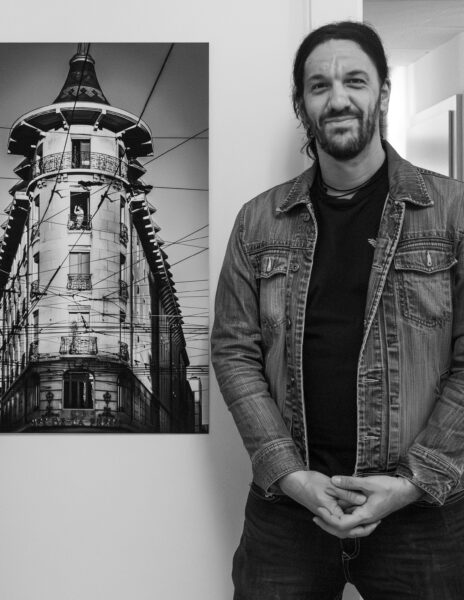 Scampia - This is How We LiveWebster Geneva24 Sept 2025
Scampia - This is How We LiveWebster Geneva24 Sept 2025View more
 CA POSITION@Extended: Lecture by Gregory HalpernHochschule Luzern / Design Film Kunst24 Sept 2025
CA POSITION@Extended: Lecture by Gregory HalpernHochschule Luzern / Design Film Kunst24 Sept 2025View more
 Bild – Sequenz – FotobuchGalerie 9424 Sept – 28 Sept 2025
Bild – Sequenz – FotobuchGalerie 9424 Sept – 28 Sept 2025View more
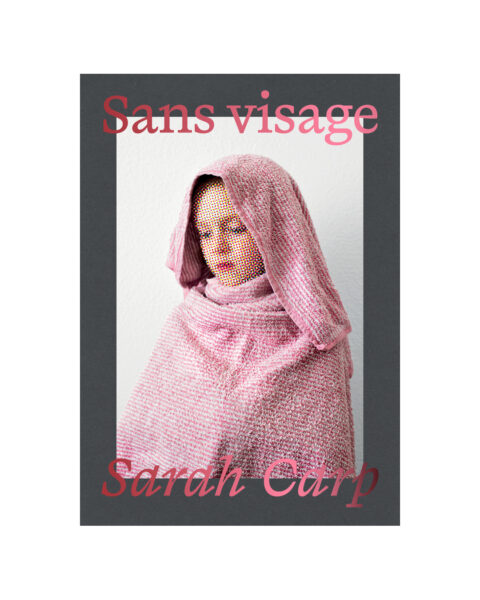 Rencontre autour de trois livres photographiquesCentre de la photographie Genève24 Sept 2025
Rencontre autour de trois livres photographiquesCentre de la photographie Genève24 Sept 2025View more
 Archiv in Bewegung. Vom WhatsApp-Foto zur Sammlungnear. swiss association for contemporary photography24 Sept 2025
Archiv in Bewegung. Vom WhatsApp-Foto zur Sammlungnear. swiss association for contemporary photography24 Sept 2025View more
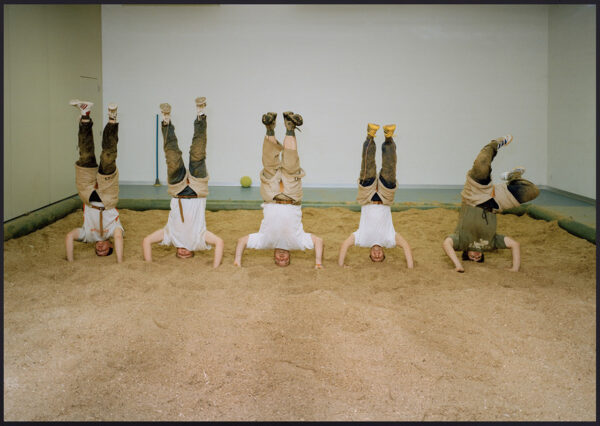 MAZ-Fototag: Besser blitzen – drinnen und draussenMAZ. Institut für Journalismus und Kommunikation25 Sept 2025
MAZ-Fototag: Besser blitzen – drinnen und draussenMAZ. Institut für Journalismus und Kommunikation25 Sept 2025View more
 Ce qui nous regarde encoreActwall25 Sept 2025–04 Jan 2026
Ce qui nous regarde encoreActwall25 Sept 2025–04 Jan 2026View more
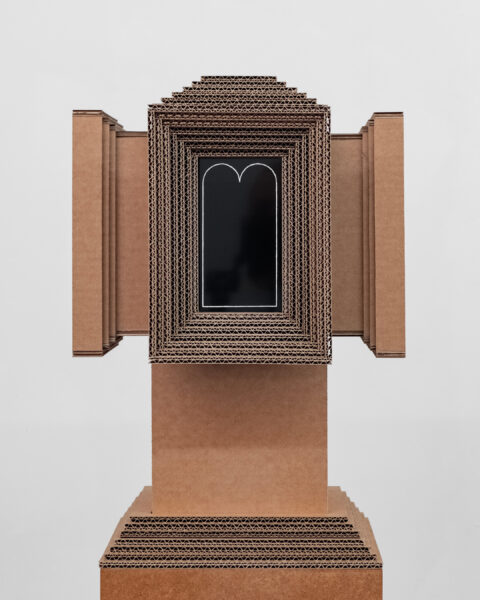 Matthias Gubler: fffoundblackprint gallery25 Sept – 30 Oct 2025
Matthias Gubler: fffoundblackprint gallery25 Sept – 30 Oct 2025View more
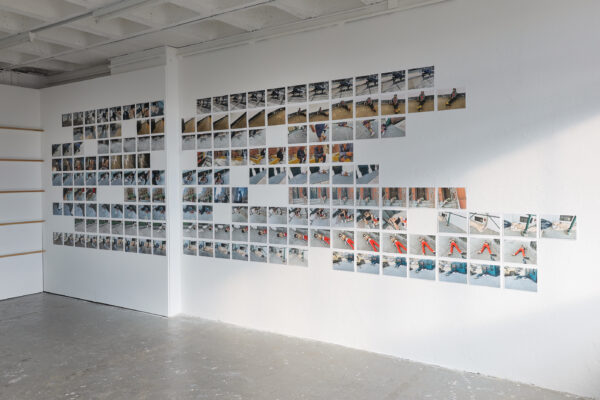 Comme vous, je les découvre. Et je ne veux pas fermer les yeux, les oublier.Espace Jörg Brockmann25 Sept – 07 Nov 2025
Comme vous, je les découvre. Et je ne veux pas fermer les yeux, les oublier.Espace Jörg Brockmann25 Sept – 07 Nov 2025View more
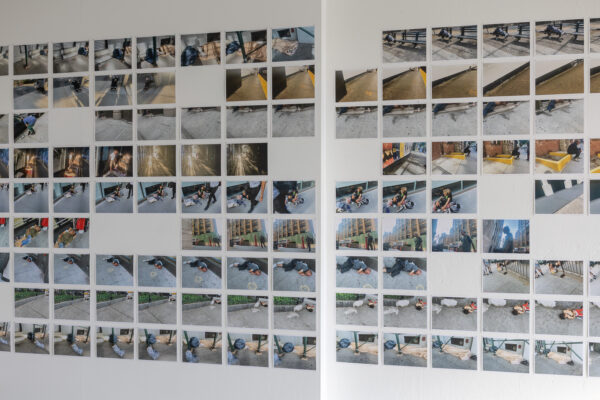 Conference avec Marie-José ImsandEspace Jörg Brockmann25 Sept 2025
Conference avec Marie-José ImsandEspace Jörg Brockmann25 Sept 2025View more
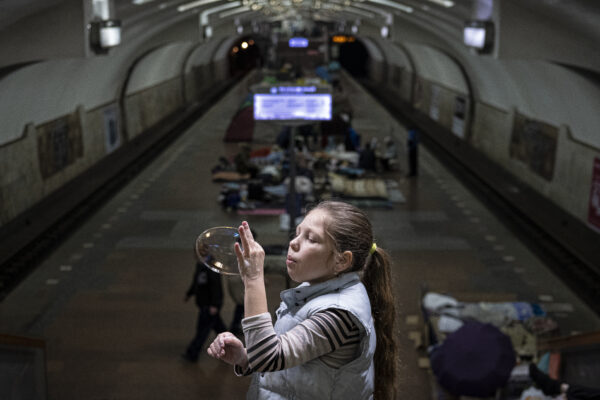 Roundtable: Ethical Visual Storytelling in the Age of Technology, Conflict, and Child RightsUNICEF – Giga26 Sept 2025
Roundtable: Ethical Visual Storytelling in the Age of Technology, Conflict, and Child RightsUNICEF – Giga26 Sept 2025View more
 Video as a Photographic Language Ipool collective27 Sept 2025
Video as a Photographic Language Ipool collective27 Sept 2025View more
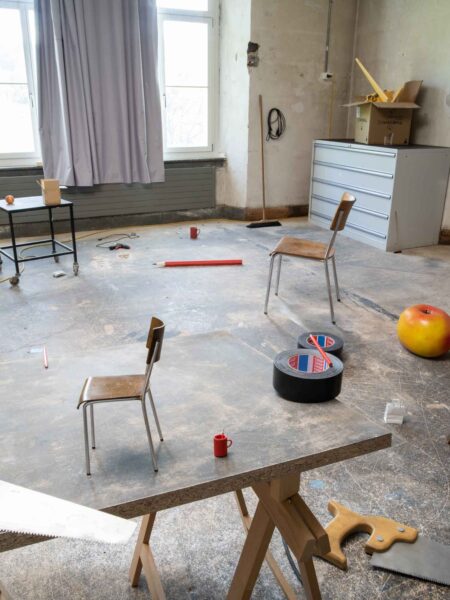 Dialogische Führung: Cortis & SondereggerMuseum im Bellpark28 Sept 2025
Dialogische Führung: Cortis & SondereggerMuseum im Bellpark28 Sept 2025View more
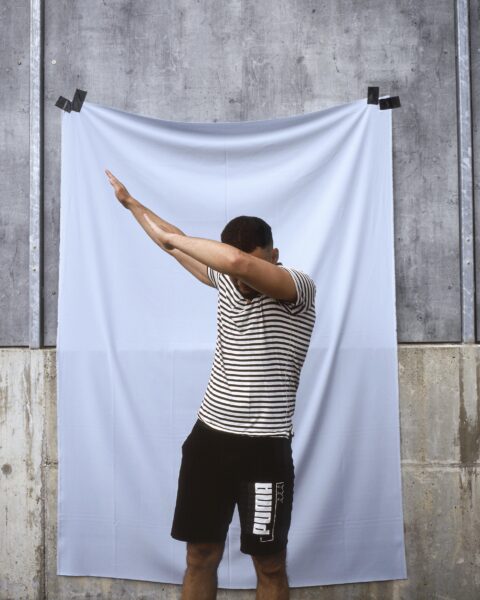 Autour de l‘enquête photographique neuchâteloise 2024: Le thème des prisons en photographieNuit de la Photo30 Sept 2025
Autour de l‘enquête photographique neuchâteloise 2024: Le thème des prisons en photographieNuit de la Photo30 Sept 2025View more
 Collection Insights IIIArt Vontobel30 Sept 2025
Collection Insights IIIArt Vontobel30 Sept 2025View more
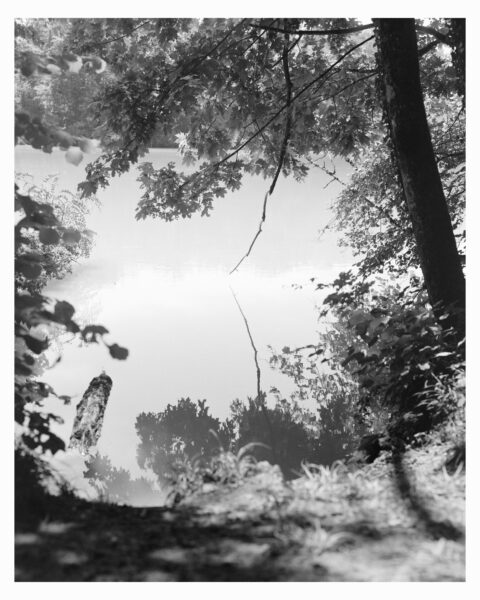 Vernissage et rencontre avec Massao MascaroCentre de la photographie Genève30 Sept 2025
Vernissage et rencontre avec Massao MascaroCentre de la photographie Genève30 Sept 2025View more
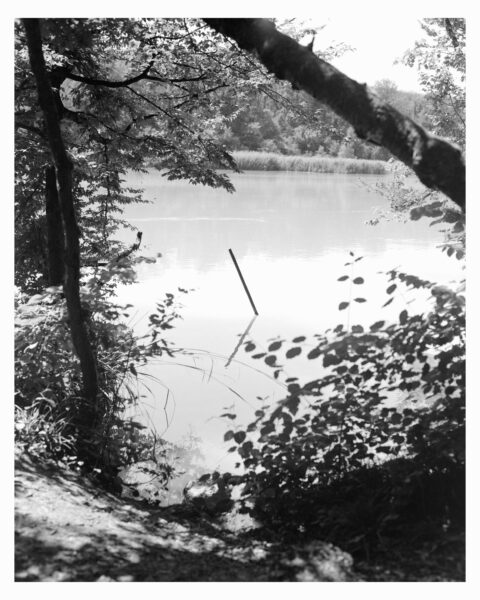 Massao Mascaro - Ici, làCentre de la photographie Genève30 Sept 2025–09 Jan 2026
Massao Mascaro - Ici, làCentre de la photographie Genève30 Sept 2025–09 Jan 2026View more
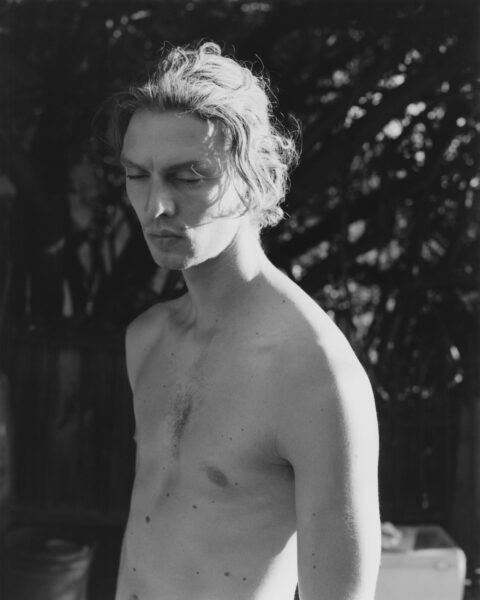 Senta Simond: Blue HourGalerie C02 Oct 2025
Senta Simond: Blue HourGalerie C02 Oct 2025View more
 Video as a Photographic Language IIpool collective04 Oct 2025
Video as a Photographic Language IIpool collective04 Oct 2025View more
Eco-Sustainability Through Vernacular Architecture in the Cycladic Islands and Switzerland
Webster Geneva
Date
01 September – 30 September 2025
Venue
Webster Geneva
Curated by
Francesco Arese Visconti
This photographic exhibition explores the role of vernacular architecture in addressing climate change and promoting eco-sustainability. Through the lens of traditional building practices grounded in local knowledge and materials, the exhibition highlights how such approaches offer enduring lessons for sustainable living.
To foster a rich and comparative dialogue, Webster Geneva has invited two experts—Benno Furrer and Giorgos Kavallis — who have each dedicated their careers to studying vernacular architecture in distinct yet resonant contexts: the rural landscapes of Switzerland and the Cycladic Islands of Greece.
Architect Benno Furrer has spent over three decades researching the vernacular architecture of Swiss farmhouses. His comprehensive work has culminated in a monumental series of 39 volumes, meticulously documenting traditional construction techniques, the use of natural materials, and the intrinsic eco-sustainability of these structures. His research showcases how these time-honored practices—largely shaped by environmental constraints and local resources—embody principles of resilience, energy efficiency, and environmental harmony. Furrer’s work also serves as a vital repository of architectural heritage, ensuring that these sustainable methods are not lost to time.
Architect and photographer Giorgos Kavallis, a native of Paros, brings a personal and artistic perspective to the conversation. His photographic research focuses on the traditional Cycladic “katoikia”— a type of farmhouse that reflects centuries of adaptation to the Aegean environment. Developed over the course of his life and artistic journey, Kavallis’s work merges architectural documentation with cultural storytelling. His black-and-white imagery captures the nuanced interplay of light, form, and material, revealing the inherent intelligence and sustainability of Cycladic architecture—stone walls that breathe, whitewashed surfaces that reflect heat, and spatial forms that respond to both human needs and climatic demands.
In the context of climate change, this exhibition underscores the enduring relevance of vernacular architecture. It highlights how ancient building traditions—rooted in local climates, geographies, and cultures—can inform contemporary approaches to sustainability. By drawing connections between architecture, identity, resilience, and ecological awareness, Furrer and Kavallis invite us to reconsider the built environment not only as a shelter but also as a cultural and environmental statement.